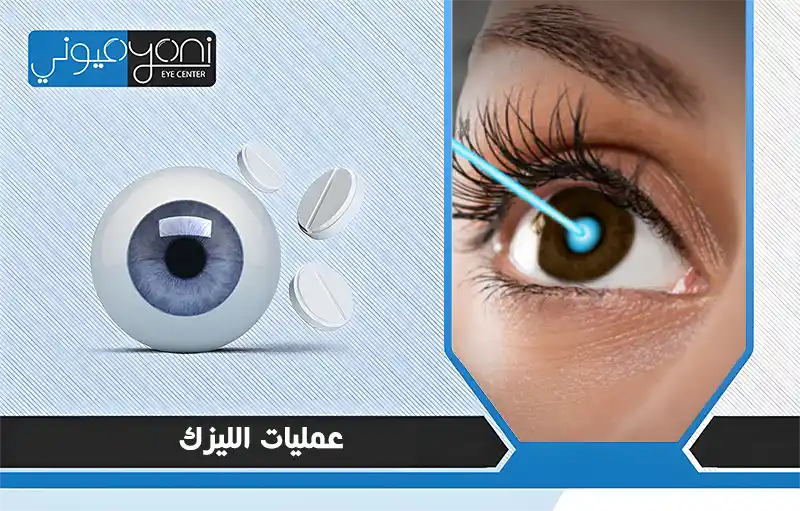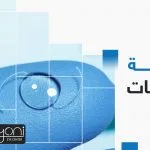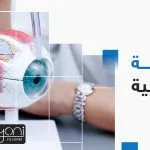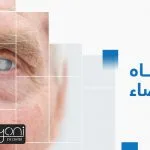There are several modern techniques used for correcting refractive errors, which makes many patients unsure about the best procedure to restore clear vision again. To understand the difference between LASIK, Femto-LASIK, and Femto SMILE, continue reading the following article.
What Is the Difference Between LASIK, Femto-LASIK, and Femto SMILE?
LASIK and Femto-LASIK are very similar. The only difference is the tool used to create the corneal flap: in traditional LASIK, surgeons use a microkeratome blade, while in Femto-LASIK, the flap is created using a femtosecond laser.
Both procedures treat myopia, hyperopia, and astigmatism — where patients experience double or distorted vision due to irregular curvature of the cornea.
Femto SMILE differs because it does not treat all of the above. It is suitable mainly for myopia and mild to moderate astigmatism but not hyperopia.
Who Is a Suitable Candidate for LASIK, Femto-LASIK, and Femto SMILE?
Before choosing the right laser vision correction technique, the ophthalmologist examines the patient, reviews medical history, and evaluates age:
- LASIK and Femto-LASIK are suitable for patients aged 18+ years.
- Femto SMILE is suitable for patients aged 22+ years.
Femto SMILE is ideal for patients with myopia ranging from -1.00 to -8.00.
Are There Similarities Between Femto-LASIK, Femto SMILE, and LASIK?
Yes, they all share the following requirements:
- Stable vision for at least one year.
- A healthy cornea with no diseases.
- No blood clotting problems to ensure proper wound healing.
They also share the same contraindications, meaning the following cases are NOT allowed to undergo LASIK procedures:
- Severe dry eye.
- Herpes simplex or herpes zoster infections.
- Uveitis.
- Keratoconus.
- High intraocular pressure (glaucoma).
- Presbyopia (age-related farsightedness).
- Rapidly changing refraction.
Post-LASIK and Post-Femto SMILE Instructions
Patients must follow these instructions to maintain the results:
- Wear sunglasses when exposed to sunlight.
- Avoid prolonged reading or screen use right after surgery.
- Use prescribed eye drops to prevent infection and inflammation.
- Avoid makeup around the eyes for two weeks.
To learn more about eye surgeries, you can book your appointment at
Sharif Eye Centers – Dubai Healthcare City
with expert refractive surgery and corneal specialists.
Procedure Details
Duration of the Procedure
3 minutes per eye. In most cases, both eyes are treated on the same day.
Required Pre-operative Tests
- Refraction test (eyeglass prescription)
- Pentacam corneal imaging
You may complete these tests before traveling and send them to us via email or mobile.
Required Rest Before Traveling
1–2 days only.
Post-operative Instructions
Before the procedure:
- No contact lenses for 3 days before surgery.
- No makeup on the day of surgery.
- Bring sunglasses for use immediately after surgery.
After the procedure:
- No exposure to dust for 2 days.
- No eye rubbing for one week.
- No makeup for one week.
- No colored contact lenses for one month.
- No sports or swimming for one month.
- Face washing and showering allowed the same day (without rubbing the eye).
- Prayer prostration allowed immediately after surgery.
- Use of mobile, computer, and TV allowed from the next day but avoid eye strain in the first week.
Post-operative Instructions
Before surgery
- No contact lenses for 3 days before surgery.
- No makeup on the day of surgery.
- Bring sunglasses for use after surgery.
After surgery
- No dust exposure for 2 days.
- No eye rubbing for one week.
- No makeup for one week.
- No colored lenses for one month.
- No sports or swimming for one month.
- Face washing allowed the same day without rubbing.
- Prayer prostration allowed immediately.
- Screen use allowed from the next day with limited eye strain.






